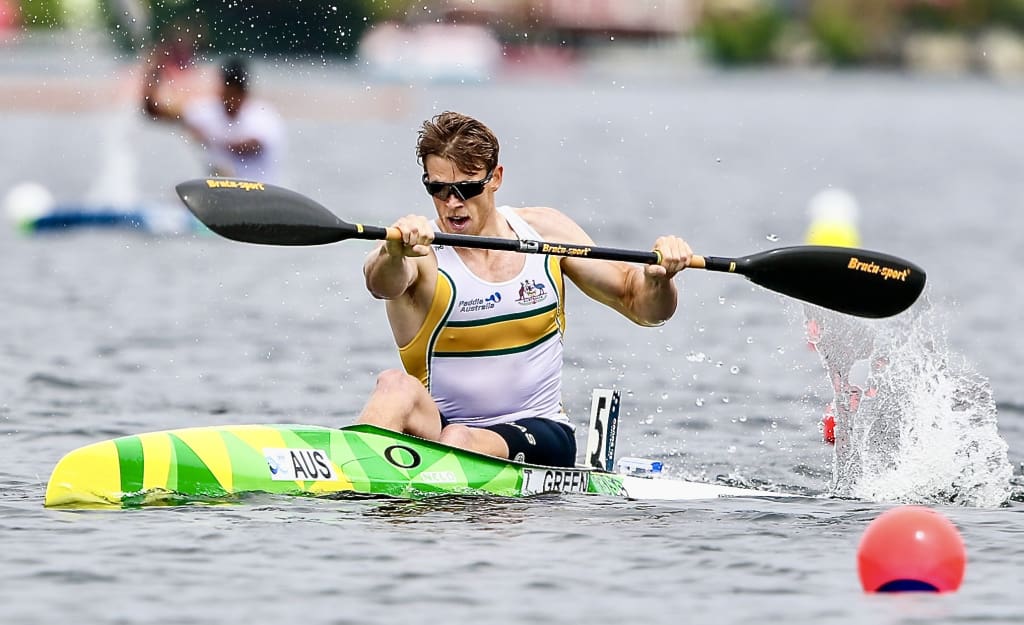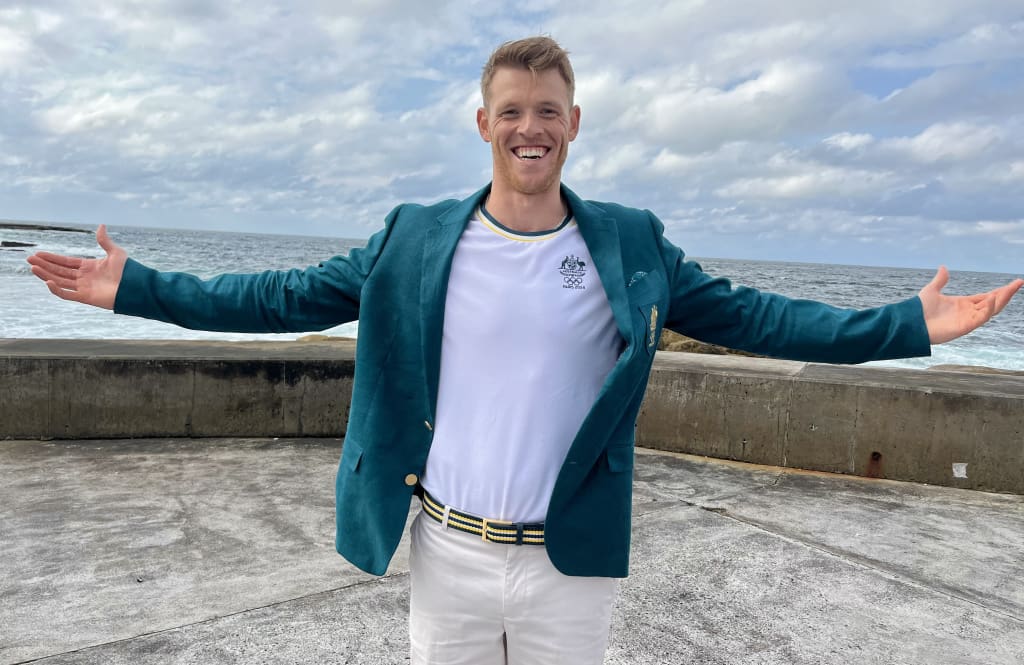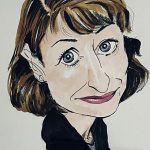Defending Olympic kayak champion Tom Green tells Editor at Large Louise Evans why he craves the pain of an event he describes as torture.
It’s 100m to the finish line and another Olympic gold medal is within reach when Tom Green enters the Hurt Locker.
“My body and mind go into this deep, dark place,” the explosive kayaker confesses. “I like going there, I like pushing my body to the limit.
“Towards the end of the race I’m in a lot of pain. I have a lot of lactic acid build-up in my limbs. My legs have blown up. That happens before it hits my upper body.

“I feel like I have concrete running through my veins. My arms are so heavy. In my head I’m thinking I’m not going to be able to finish because it hurts so much. I’m thinking I won’t be able to keep going. That is where your true character comes out. When you’ve got nothing left to give and you go harder. We’re warriors, we don’t stop.”
Green and his sprint canoe partner Jean van der Westhuyzen will be skimming across the water at 20km per hour or 5.5m per second in the K1 500m sprint event at the Paris Olympics which lasts about 90 seconds.
“There’s very little margin for error,” Green explains. “We do all those hours of training to make that 1min30 the hardest and fastest we’ve ever raced. It’s bizarre that we put ourselves through that amount of pain. But it’s worth it.”
Green, 25, took a roundabout route to becoming a sprint canoe Olympic champion. He started off doing surf lifesaving as a kid growing up in a single parent home on the Gold Coast with his two siblings siblings Lachy and Britt and his hard-working mum Meredith. He wanted to become an iron man so he learned how to ski paddle and he quickly found his sweet spot as a flat water kayaker.

By the time he was 20 he was a towering 1.92m elite athlete and a dual world junior champion.
Just two years later he teamed with former South African now Australian paddler Jean van der Westhuyzen to dominate the K2 at the Tokyo Olympics and win the gold medal in their first ever international race as a team.
“We’re in the boat together all the time and the camaraderie that comes from that is very special,” Green said. “We have paddled so much together we’re like family, we’re brothers.
“We are very consistent. Jean is in the front seat. He is very good at sticking to the blueprint. Me in the back, I’m the engine room, I’m providing consistent smooth power for him to be able to maintain form and speed.

“The Olympics in Tokyo was very tough – it was a Covid world. As Australians we are very good at adapting and overcoming and we did a good job pivoting in that situation. A lot of Australians did well in Tokyo, which is testament to how tough we are.
“Paris it’s going to be really different, it’ll be good to have family and friends there. We’re well prepared for all conditions – high winds, low winds, hot, cold – everything.”
While the K2 is his favourite event, the Green Machine will also contest the K1 1000m in Paris, opening the possibility of a two-medal haul, a feat only achieved by fellow Gold Coast lifesaver turned world and Olympic champion kayaker Ken Wallace, who won gold and bronze at the 2008 Beijing Games.
“I’ve been fourth a heck of a lot lately In the K1,” said Green, who finished seventh in the K1 at the Tokyo Olympics. “We’re focusing on the K2 but I’m really in good shape and the numbers show I’m progressing in the K1 too – so let’s see.”

Green knows from his training that the pain he endures in his tortuous events don’t subside quickly. “The pain doesn’t stop when we finish,” he explained.
“At the end you just want to collapse on the pontoon. But that doesn’t make it stop. It transitions into different phases. It goes from I can’t lift my arm to it hurts to hold a drink bottle. The evening after a race I’m still feeling battered and bruised. It goes from one pain to another pain.”
While the green and gold Australia team uniform “armour” he puts on to race doesn’t dull the pain, he believes it makes him feel stronger, like an extra layer of power and protection.
As we wrap up the interview Green flashes a killer grin and says “See you in Paris, hopefully I’ll have another gold medal around my neck.”
No pain no gain, right.
Louise Evans is an award-winning journalist who has worked around Australia and the world as a reporter, foreign correspondent, editor and media executive for media platforms including The Sydney Morning Herald (eight years), The Australian (11 years) and Australian Associated Press (six years in London, Beijing and Sydney).
A women sports’ pioneer, Louise was the first female sports journalist employed by The Sydney Morning Herald and the first female sports editor at The Australian. Louise went on to work at six Olympic Games, six Commonwealth Games and numerous world sporting championships and grand slam tennis events.
Louise is the Founding Editor of AAP FactCheck, the Creator of #WISPAA – Women in Sport Photo Action Awards and national touring Exhibition and the author and producer of the Passage to Pusan book, documentary and exhibition.
In 2019 she was awarded the Order of Australia Medal (OAM) Queen’s Honour for services to the media and sport and named an Australian Financial Review Top 100 Woman of Influence for services to the arts, culture and sport.
In 2020 she won a NSW Volunteer of the Year Award plus the NSW Government Community Service Award for her women-in-sport advocacy work.




Discussion about this post